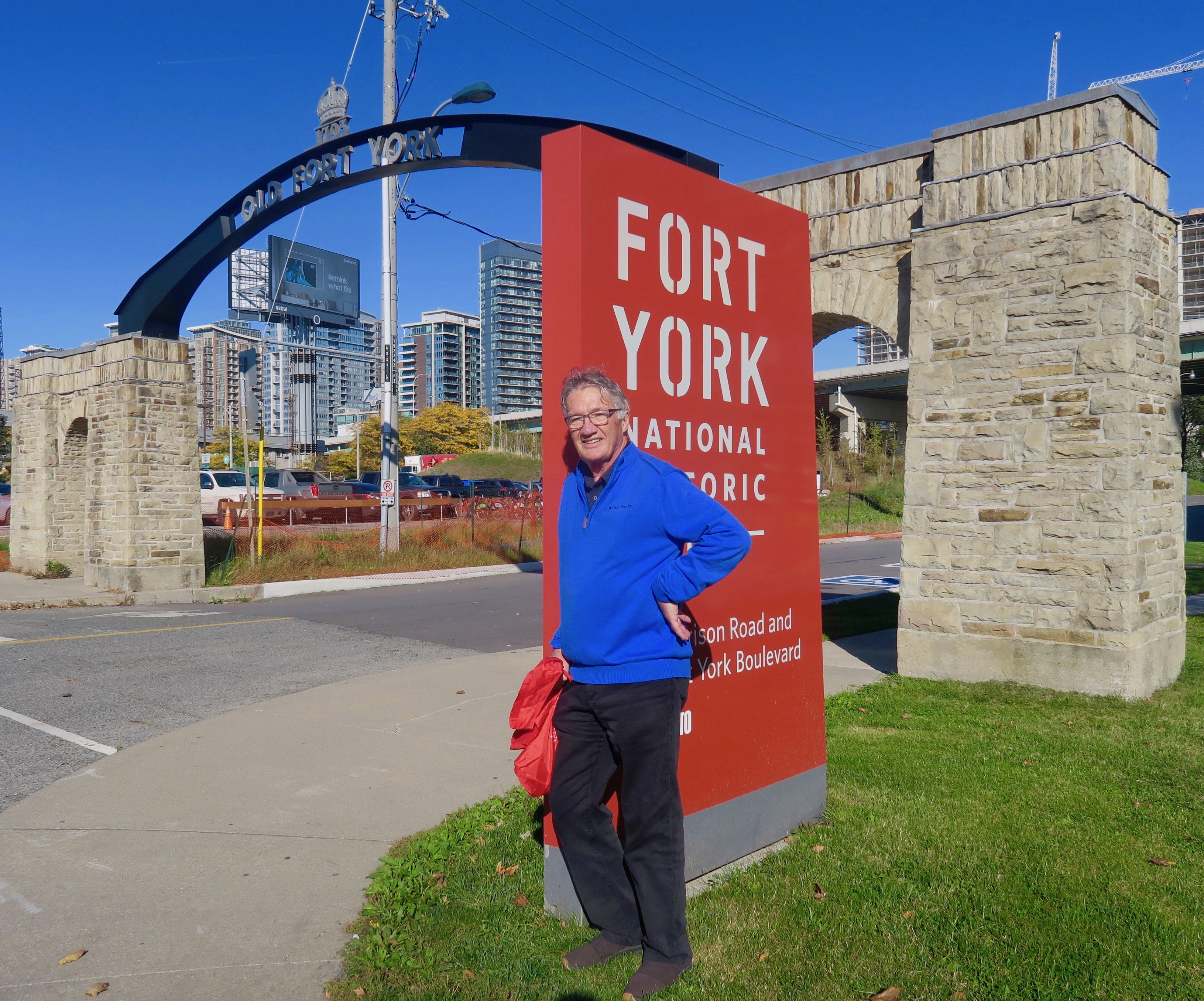Plan Your Day: Fort York National Historic Site Hours of Operation
Plan Your Day: Fort York National Historic Site Hours of Operation
Blog Article
Immerse Yourself in the Stories of Ft York National Historic Website at the Gallery
At Fort York National Historic Website, the mirrors of background resound with the wall surfaces of the museum, using a peek right into the past that formed the here and now. From the strategic building and construction of the ft to the day-to-days live of those that called it home, each artefact and display narrates waiting to be discovered. As visitors roam with the gallery, they are transported back in time to an era full of stories of strength, sacrifice, and guts. The narratives of armed forces methods, noncombatant point of views, and the continuous preservation initiatives develop a tapestry of interconnected stories that repaint a dazzling photo of Fort York's abundant heritage.
History of Fort York's Construction
The building and construction of Ft York, a crucial armed forces stronghold, started in the year 1793 under the direction of John Graves Simcoe, the Lieutenant Guv of Upper Canada. Situated at the entryway of the Toronto Harbour, the ft was tactically placed to protect the community of York against possible American risks adhering to the American War of independence.

Despite encountering challenges such as extreme weather conditions and minimal resources, the building of Ft York was completed in 1797. Throughout the years, the fort played a critical function fit the history of Toronto and Canada, standing as an icon of military stamina and perseverance. Today, Ft York stands as a National Historic Site, preserving the heritage of its building and the stories of those that defended it.
Life in the Garrison
Within the stone walls of Fort York National Historic Site, everyday routines and tasks formed the lives of the fort inhabitants. Soldiers based at Fort York were charged with different tasks important for the functioning of the fort (Fort York National Historic Site Toronto).
Living problems within the fort were basic yet practical. Barracks gave real estate for the soldiers, with shared sleeping quarters and communal locations. Meals were generally basic and offered at details times to accommodate the daily routines of the garrison. Despite the organized nature of life within the ft, there were likewise minutes of friendship and leisure. Soldiers took part in activities such as card games, narration, and occasional celebrations to damage the monotony of armed forces life. Overall, life in the garrison at Ft York was a blend of technique, duty, and short moments of respite among the needs of army solution.
Armed Forces Techniques and Defenses
Amidst the everyday regimens and regimented life of the fort residents at Ft York National Historic Website, critical armed forces preparation and protection devices played a crucial function in securing the ft and its passengers. One of the vital protection devices used at Fort York was the format of the fort itself.
Additionally, Ft York's defenses included a system of earthworks, palisades, and strategically positioned cannons to deter adversary forces. By fortifying the perimeter and strategically stationing weapons, the garrison can effectively prevent potential invasions. Furthermore, the armed forces personnel stationed at Ft York went through extensive training to ensure they were prepared to execute protective methods effectively.
Noncombatant Perspectives and Payments
In the historical context of Fort York National Historic Website, private citizens played a critical function via their distinct point of views and beneficial contributions to the ft's operations. While soldiers concentrated on protection and click for more army techniques, civilians staying within or near Fort York brought diverse skills and expertise that were crucial for the ft's performance. Private sellers, artisans, and workers given services and items important for day-to-day live at the ft. Their proficiency in professions such as cooking, woodworking, and blacksmithing guaranteed that the ft was fully equipped and lasting.

Heritage and Conservation Initiatives
Civilians' substantial contributions to Fort York National Historic Website have actually left a lasting legacy that proceeds to be protected via dedicated efforts and initiatives. The legacy of Ft York is promoted via meticulous conservation strategies focused on conserving the site's historic relevance for future generations. Preservation initiatives consist of ongoing maintenance of the ft's structures, reconstruction jobs to make certain historic accuracy, and academic programs that advertise the website's heritage.
To guard the heritage of Ft York, preservationists collaborate with historians, archaeologists, and preservation professionals. These collaborations assist in the application of ideal practices in heritage preservation, guaranteeing that the website's integrity and credibility are kept. In addition, fundraising campaigns and area engagement efforts play a crucial function in sustaining preservation ventures at Ft York.

Verdict
Finally, Ft York National Historic Site provides a rich tapestry of tales extending from its construction to its heritage. Fort York National Historic Site Entrance. The background of the fort, military methods, civilian viewpoints, and conservation efforts showcase the relevance of this website in Canadian background. Visitors can submerse themselves in the past with different displays and interactive experiences, obtaining a much deeper understanding of the individuals and events that shaped Fort York
Soldiers based at Fort York were charged with different duties crucial for the functioning of the ft.Among the everyday regimens and disciplined life of the fort occupants at Fort York National Historic Site, strategic army preparation and defense devices played a vital function in securing the fort and its occupants. One of the vital protection mechanisms used at Ft York was the layout of the fort itself.In the historical context of Fort York National Historic Site, civilians played a crucial role through their valuable contributions and one-of-a-kind perspectives to the ft's procedures. While soldiers concentrated on protection and armed forces approaches, civilians living within or near Ft York brought varied abilities and understanding that were essential for the fort's performance.
Please visit one of our local supporters - Profix Macbook Repair Toronto
Report this page